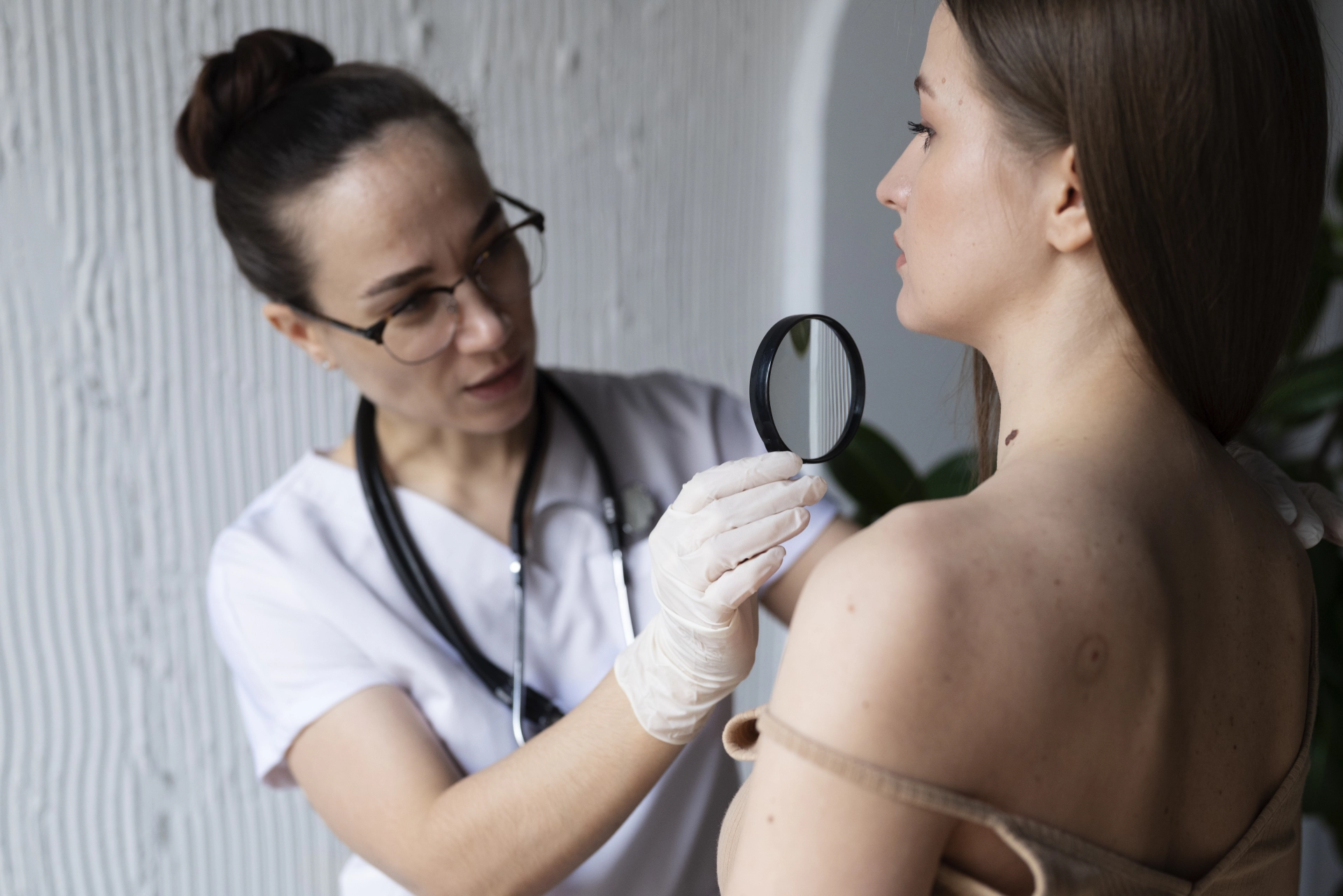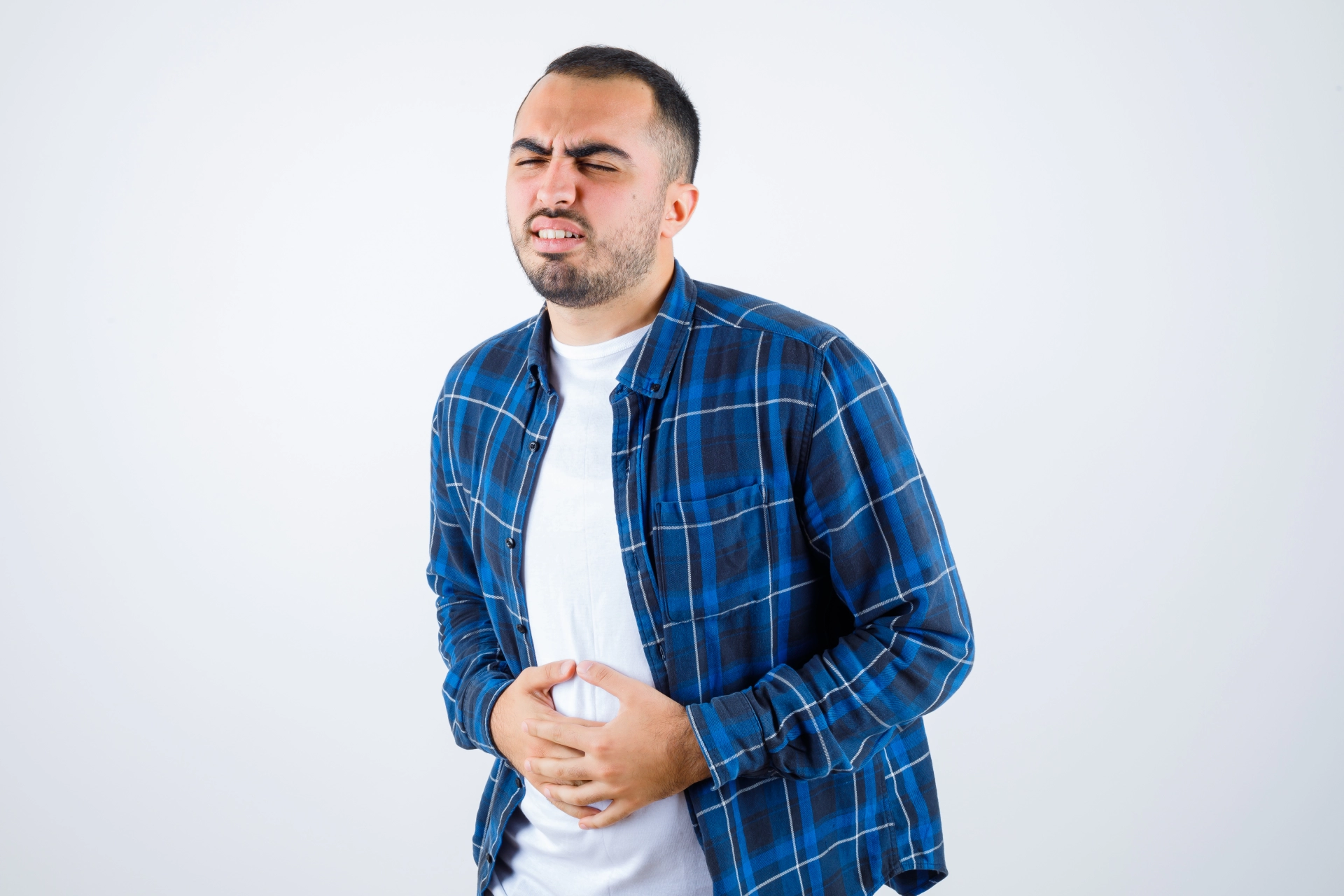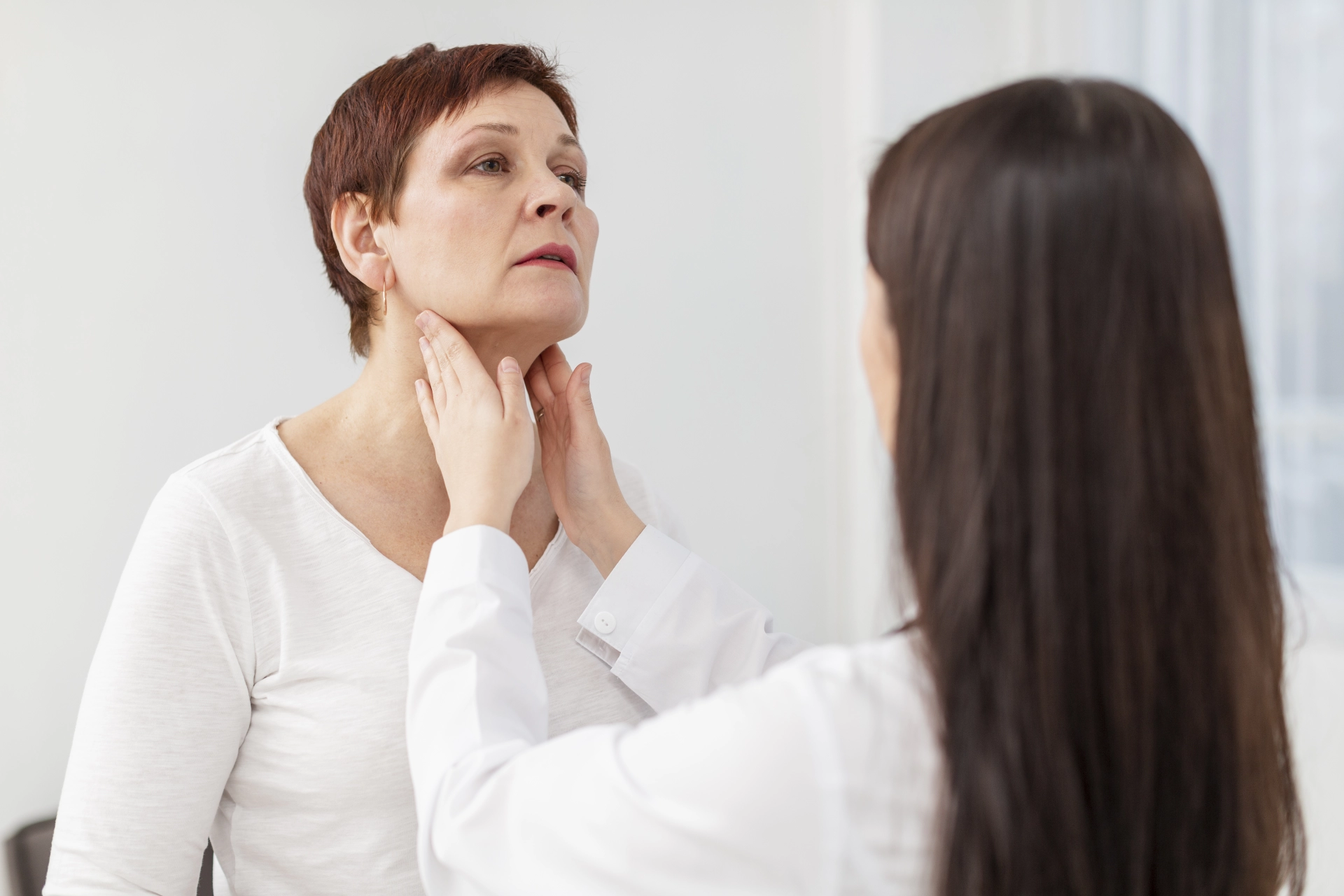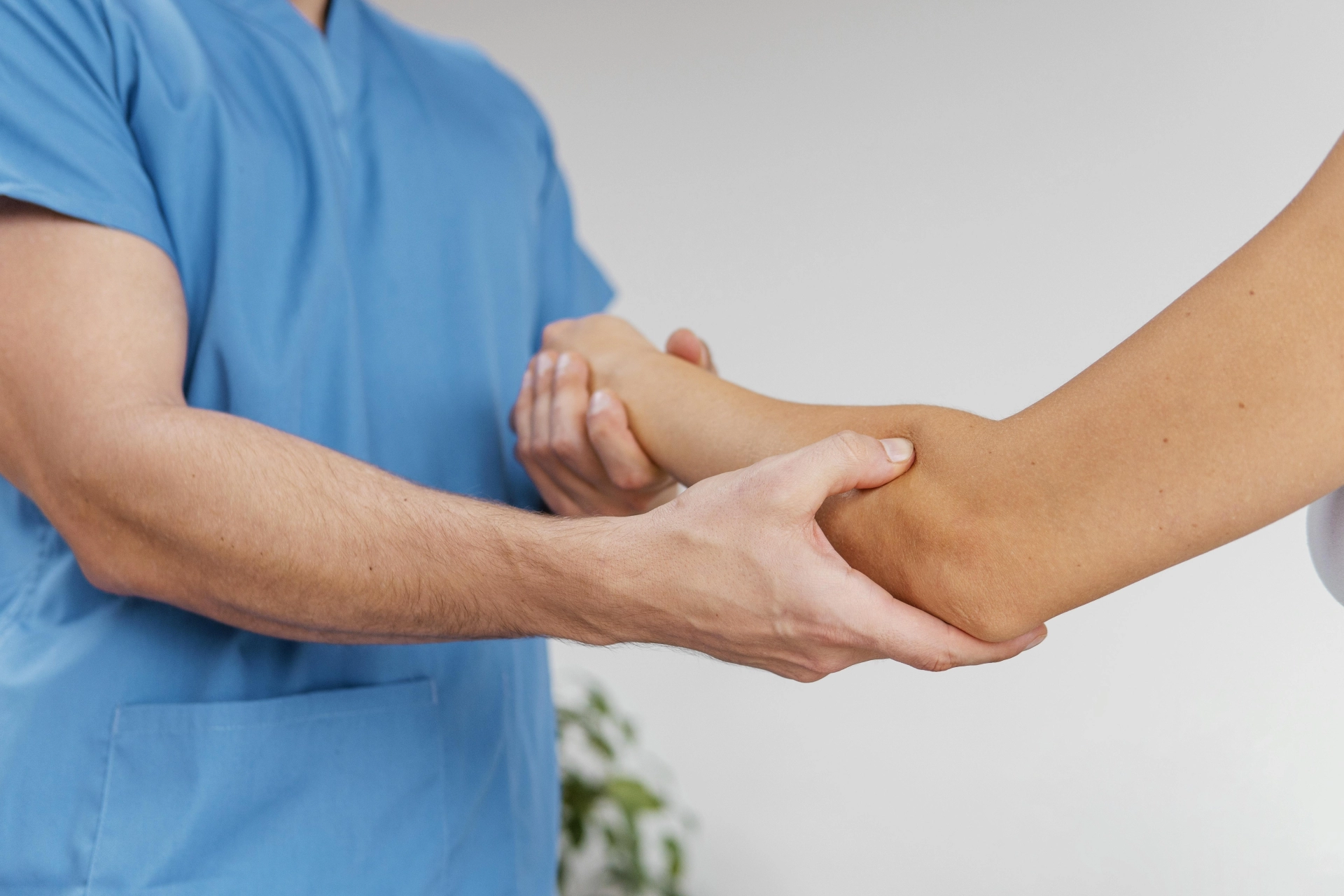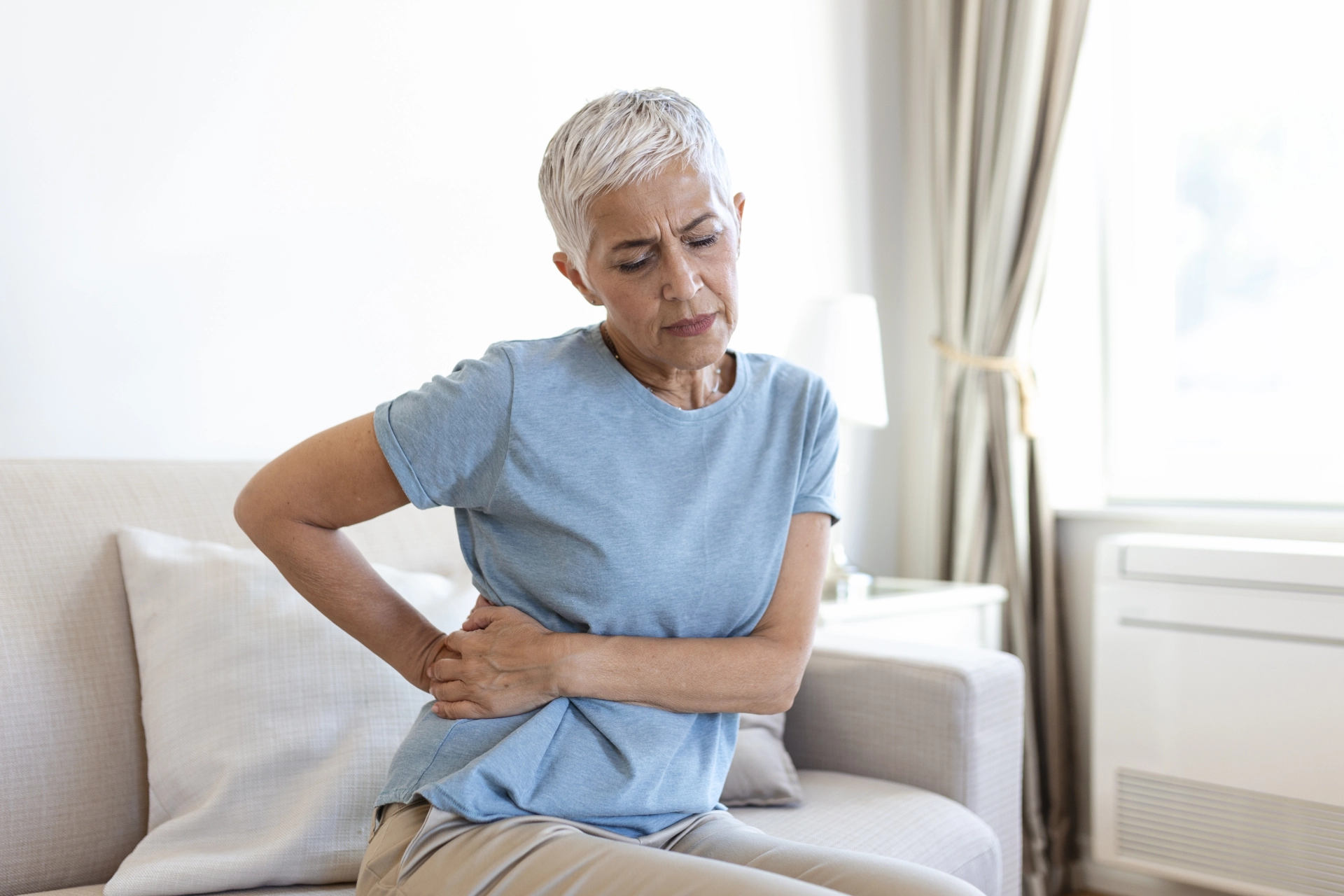Seborrheic keratosis (or seborrheic keratoma) is one of the most common benign skin growths. It usually develops in adults and is considered a natural sign of aging.
Who gets Seborrheic Keratoses?
Seborrheic keratoses are often found in individuals over 60, but they can appear as early as 30-40, regardless of gender or race. They are rare in young people (under 20).
Causes
Although the name "seborrheic keratosis" suggests a connection to sebaceous glands, the growths do not actually originate from them. They arise from the abnormal proliferation of immature keratinocytes in the epidermis.
Prevalence
Seborrheic keratosis is extremely common. Studies show that:
• By age 40, about 30% of people have at least one seborrheic keratosis.
• In individuals over 60, the prevalence reaches nearly 75%.
Contributing Factors
Contributing factors include:
• Genetic predisposition.
• Prolonged exposure to sunlight.
• Possible, but less likely, viral influence (e.g., HPV).
• Genetic mutations: FGFR3, PIK3CA, RAS.
Appearance
Seborrheic keratoses can have various appearances:
• Shape — they can be flat or raised nodules.
• Surface — often scaly, sometimes fissured.
• Color — ranges from skin-colored to yellowish, brown, or black.
• Size — from 1 mm to several centimeters.
• Location — almost anywhere on the body, except the palms and soles.
• They often appear in clusters, especially on the chest, back, scalp, and in skin folds.
On the back, they sometimes arrange themselves in a "Christmas tree-like" pattern, which is related to their spread along the lines of Blaschko.
Complications
A seborrheic keratosis is a benign growth and is not cancer or a precancerous condition. However, in some cases, its appearance can mimic malignant growths, such as:
• Basal cell carcinoma.
• Squamous cell carcinoma.
• Melanoma.
Additionally, the sudden and massive eruption of seborrheic keratoses (especially in older individuals) can be a sign of an internal malignancy, such as gastric adenocarcinoma. This phenomenon is known as the
sign of Leser-Trélat.
Diagnosis
1. Clinical examination — in many cases, a diagnosis can be made based on a visual inspection.
2. Dermoscopy — a non-invasive method that helps differentiate seborrheic keratosis from malignant growths. Characteristic dermoscopic features include:
• Comedo-like openings.
• Milia-like cysts.
• Gyri and sulci ("brain-like" structure).
• Hairpin-like vessels.
3. Biopsy and histological examination — performed in suspicious cases where dermoscopic or clinical data are not conclusive.
Differential Diagnosis
Seborrheic keratosis must be differentiated from the following growths:
• Common warts (verruca vulgaris).
• Actinic keratosis.
• Pigmented basal cell carcinoma.
• Squamous cell carcinoma.
• Melanoma — rare, but important to rule out.
Treatment
Seborrheic keratosis doesn't require treatment, but it can be removed in the following situations:
• Aesthetic discomfort.
• Itching or irritation.
• Injury from clothing or shaving.
Treatment methods:
• Cryodestruction (freezing).
• Electrocoagulation.
• Laser therapy.
• Shave biopsy.
The choice of treatment method is based on the size and location of the growth, as well as the patient's overall health. When choosing the best method, all indications and contraindications should be considered.
Prevention and Prognosis
Since the exact causes of its occurrence are not fully understood, there are no specific preventive measures known. However, it is recommended to:
• Use sunscreen.
• Undergo regular dermatological examinations.
• Avoid excessive sun exposure.
